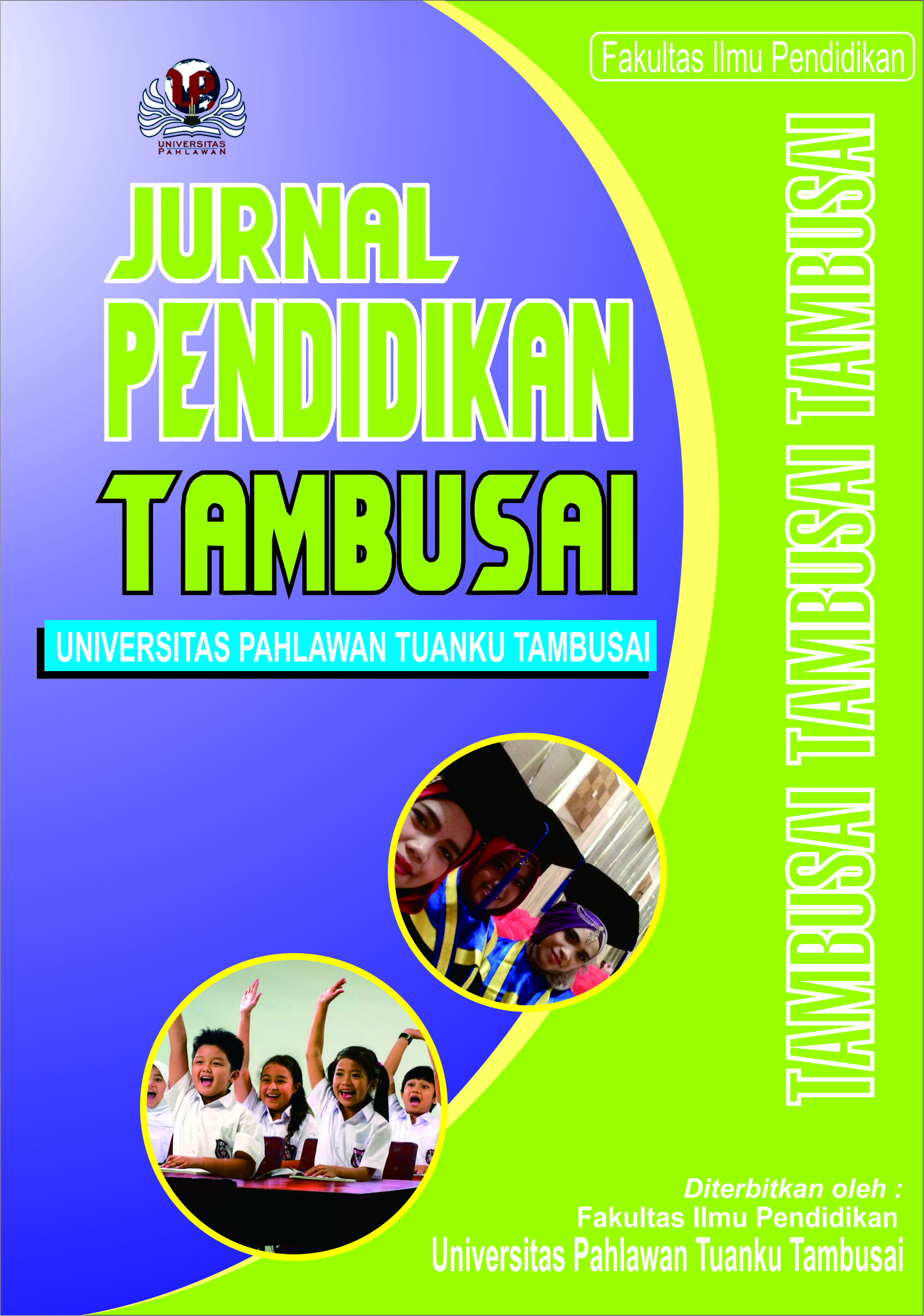An Analysis of Students’ Attitude in Learning English Through Blended Learning at SMA N Koto Baru
DOI:
https://doi.org/10.31004/jptam.v6i1.3087Keywords:
blended learning, behavioral, cognitive, affectiveAbstract
This study aims to determine how students' attitudes seen from the behavioral, cognitive, and affective components in learning English through blended learning at SMA N 1 Koto Baru Dharmasraya. This study uses a qualitative method with data collection techniques using a total sampling technique. The participants in this study were students of class XI IPA 3 and XI IPS 4 with the total number of 57 students. The instruments of this study were questionnaire and field notes. After collecting the data, the researcher was analyze the data based on the instrumentation given. There are four steps of analyzing the data; reading / memoing, describing, classifying and interpreting Based on the results of this research, it can be concluded that students have negative attitudes in the behavioral component, and have a positive attitudes in the cognitive and affective components in learning English through blended learning.
References
Abidin, D., Alzwari, H., & Pour Muhammadi, M. (2012). EFL students' sttitudes towards learning English language: The case of Libyan secondary school students, ASIAN social science, 8(2), 119-134.
Ahmed, S. (2015). Attitudes towards English Language Learning among EFL Learners at UMSKAL. 6(18), 6–17.
Ajzen, I. (2005). Attitude, Personality and Behavior (Second). New York: Open University Press.
Aquinas, P. G. (2008). Organizational Behaviour: Concepts, Realities, Applications and Challenges (First). Excel Books.
Chalak, A., & Kassaian, Z. (2010). Motivation And Attitudes Of Iranian Undergraduate EFL Students Towards Learning English. 10(2), 37–56.
Feng, R., & Chen, H. (2009). An Analysis on the Importance of Motivation and Strategy in Postgraduates English Acquisition. 03, 93–97.
Gardner, R. (1985). Social psychology and second language learning. The role of attitudes and motivation. London: Edward Arnold.
Gardner, R. C. (2007). “Motivation and second language acquisition”. Porta Linguarum, 8: 920.
Gay L. R, G. E. mills and peter W. A. (2012). Educational Reasearch?: Competencies for Analysis and Apllication.
Gay, Mills, A. (2012). Educational research?: competencies for analysis and applications (TENTH EDIT). Pearson Education, Inc.
Hosseini. (2013). LANGUAGE LEARNERS ’ ATTITUDES AND BELIEFS?: (October), 63–74.
Lubis, T. (2015). STUDENTS ’ LANGUAGE ATTITUDE TOWARD ENGLISH. 4, 17–21.
Montano, D., & Kasprzyk,D. (2008). The theory of reasoned action, the theory of planned behaviour, and the integrated behavioral model. In Glanz, K. M., Rimer, B.K. & Viswanath,K. (Eds). Health Behaviors and health education: theory, research and practice (pp 67-96. California: Jossey-Bass.
Vaughan, N. (2014). Making the Assessment Connection. 247–264. https://doi.org/10.3390/educsci4040247.
Zacharias, N.T. (2004). Teaching materials, teachers and learners. English.Edu: Journal of Language Teaching and Research, 4, 110-121.
Zufar, Z., Thaariq, A., Media, S., Resource, L., Normal, N., Sosial, M., Belajar, S., & Normal, N. (2020). The Use of Social Media as Learning Resources to Support the New Normal Zahid Zufar At Thaariq, 1. 18(02), 80–93.
Zulfikar, T., Dahliana, S., & Sari, R. A. (2019). An Exploration of English Students ’ Attitude toward s English Learning. 2(1), 1–12.
Downloads
Published
How to Cite
Issue
Section
Citation Check
License
Copyright (c) 2022 Hafiza Hafiza, Siska Siska, Dian Mega Putri

This work is licensed under a Creative Commons Attribution-ShareAlike 4.0 International License.
Authors who publish with this journal agree to the following terms:
- Authors retain copyright and grant the journal right of first publication with the work simultaneously licensed under a Creative Commons Attribution License that allows others to share the work with an acknowledgement of the work’s authorship and initial publication in this journal.
- Authors are able to enter into separate, additional contractual arrangements for the non-exclusive distribution of the journal’s published version of the work (e.g., post it to an institutional repository or publish it in a book), with an acknowledgement of its initial publication in this journal.
- Authors are permitted and encouraged to post their work online (e.g., in institutional repositories or on their website) prior to and during the submission process, as it can lead to productive exchanges, as well as earlier and greater citation of published work (See The Effect of Open Access).



